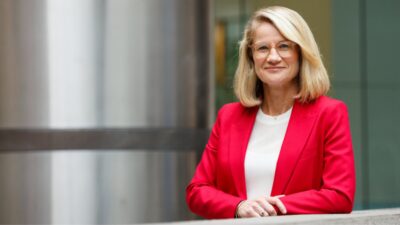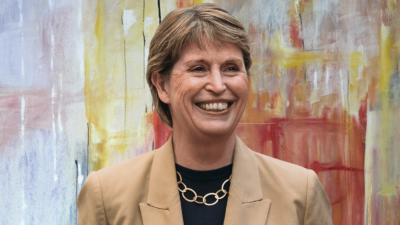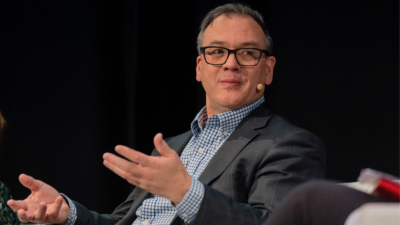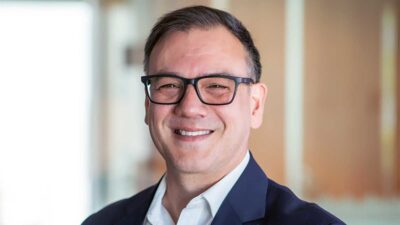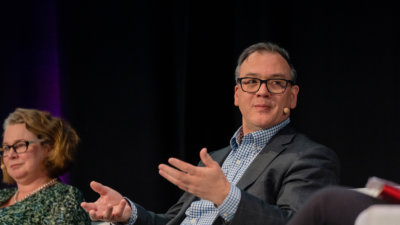-
Sort By
-
Newest
-
Newest
-
Oldest
The $160 billion fund says that its essential worker housing program stacks up as an investment for both its members and the country’s future. But current policy settings mean few funds can follow its example.
Size, internalisation and globalisation are now front of mind for every large fund in Australia – but every fund approaches them differently, and there’s little agreement on the benefits of the new offshore push.
Valuations are never going to be “perfect”, but that doesn’t mean super funds shouldn’t be working harder to make them more accurate – and more intelligible to the people who really matter.
The creation of a new investment data platform underpins Aware’s march to managing half of its projected $250 billion FUM internally. State Street is providing the glue that holds it all together.
With Cbus eyeing the $100 billion mark, it’s figuring out what it can do well and what should be left to everybody else. And while other funds can’t wait to head overseas, it’s decided to stay home.
Some of the country’s biggest super funds have navigated volatile markets and write-downs in one of their favourite asset classes to deliver solid returns in a tough year.
Australia’s largest super funds are casting a close eye over their property and infrastructure allocations amidst challenging market conditions, according to new research from J.P Morgan. And while investment internalisation continues to gather pace, not all funds are sold on its worth.
Kristian Fok has been appointed CEO of Cbus following the departure of Justin Arter and as the fund launches a new five-year investment strategy that will see it in-house another 12 per cent of its assets under management.
A number of industry funds have invested in Nuveen’s US Cities Workplace Strategy as they diversify away from traditional real estate and harness thematics related to changing work and life patterns.
Super funds are double-checking their marketing materials and coming to grips with an evolving regulatory regime as greenwashing risk looms large.

